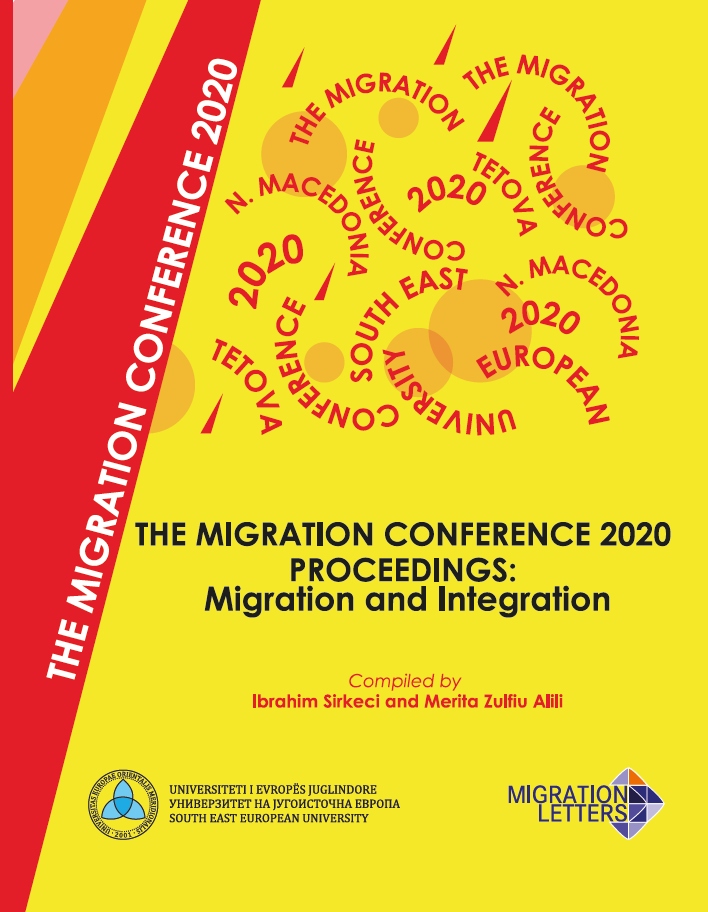The Perception Of Korean Society Towards Female Migrants Of Cross-Border Marriages
The Perception Of Korean Society Towards Female Migrants Of Cross-Border Marriages
Author(s): Jungmin lee
Subject(s): Migration Studies
Published by: Transnational Press London
Keywords: The Perception Of Korean Society; Female Migrants; Cross-Border Marriage;
Summary/Abstract: The local autonomous entity started to organize the marriage for bachelors from a rural area in the early ’90s in Korea. The government encouraged them to get married to women from Southeast Asian countries including Philippines, Vietnam, and Cambodia to support the group of bachelors to keep their legacy and to foster the population increase in the rural area. Since then, a large number of women flushed into South Korean society and this new tendency yields the social phenomenon from cross-border marriage. According to the Korean Social Trend 2008, cross-border marriage had faced the turning point in 1992 when the establishment of diplomatic tied between South Korea and China (Yoon, 2008) . Especially, the choseonjok, , Chinese ethnic minority group, immigrated to South Korea to being married Korean bachelors. After the 2000s, the number of cross-border marriages had significantly increased and the countries of origin of the immigrant women had also diversified. In 2005, cross-border marriages composed 13.6% (Korea National Statistical Office, 2019) of the overall marriages in Korea. The media started to cover cross-border marriage as a subject of social issue in the Korean society. The problem of buying a bride, domestic violence, the integration problem of foreign women, and running away after obtaining Korean citizenship have been stereotyped and portrayed through the media. Until now, the dysfunctional aspects of cross-border marriage have been highlighted more than its proper functional aspects. These biased media outlets are not the recent tendency but developed and continued during the history of cross-border marriages in Korea. This marriage started after the Korean War when the U.S Army base stationed in Korea. The military camp town had been constructed and the Korean residents in camp town relied economically on this army base. The women in economic crisis were flushed into this town for prostitution, and were called yanggongju (western princess). For them, marrying an American soldier was one of the approaches to escape from their difficult economic situation. According to the Korea Social Trend 2008, from 1950 to 1964, around 6000 Korean women had emigrated to the U.S as brides of American soldiers (Yoon, 2008) . The news media focused on the situation after this marriage and how they are miserable in their marriage life with foreign husbands by representing there situation as “lost their hope and return to their land.” (Chosun Ilbo 23rd July 1954) . Since the Korean War to today, the media does not concentrate on the cross-border marriage itself but rather emphasizes the representation of the women who choose to emigrate/immigrate to other countries. In the context of this social phenomenon, by chronologically analyzing the articles of media; Korean daily newspaper Chosun Ilbo (The Chosun Daily), from 1952 to today, this paper defines how the media outlet represents the female migrants of cross-border marriages in Korean society.
Book: The Migration Conference 2020 Proceedings: Migration and Integration
- Page Range: 149-152
- Page Count: 4
- Publication Year: 2020
- Language: English
- Content File-PDF

